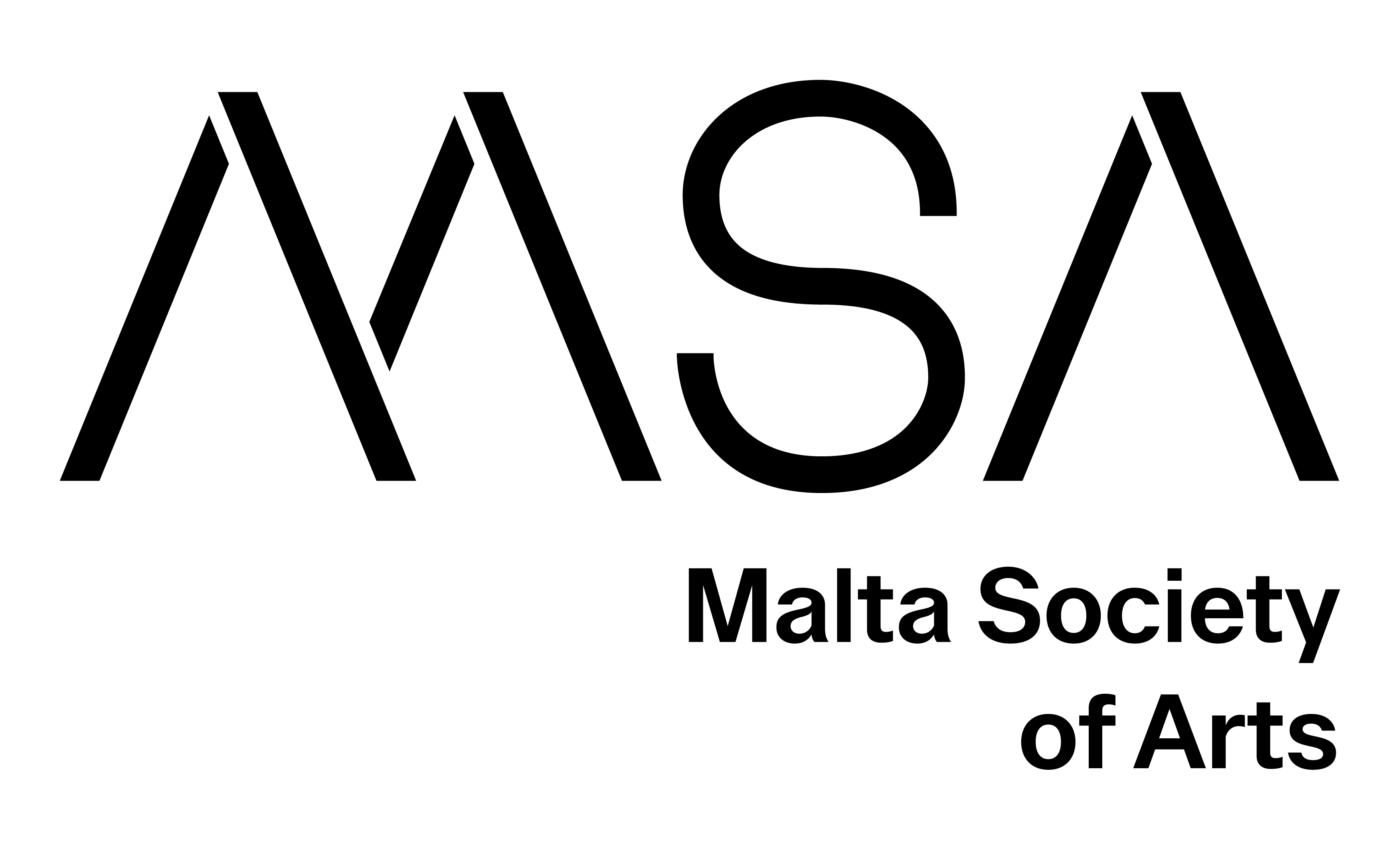“Future Fauna” is a series of digital 3D studies of humans halfway in the act of transforming into various species—flamingos, lizards, bats, sponges, and snails.
Environmentalists say we’re living in the anthropocene era, when human activity is having a dominant impact on the planet; but this project jumps forward to the post-anthropocene, when human bodies have begun to mutate in response to rapid ecological shifts from human-caused climate change.
Human exceptionalism makes us think of ourselves as separate from the ecosystem we inhabit—although the line between natural and human worlds is a false dichotomy. We are animals, too, likely to adapt and mutate physically, just like any species. What if our bodies eventually transform so much that we no longer resemble the creatures we once called humans? Where along the continuum between human and, say, flamingo, lizard, bat, snail, or sponge do we stop being recognizable to ourselves?
Kat Mustatea is transmedia playwright and artist working at the forefront of live performance and cutting edge technology. Her experiments with language and new narrative forms enlist absurdity, hybridity, and the computational uncanny to dig deeply into what it means to be human in the digital age. Her work has been presented at Ars Electronica Linz, New Images Festival Paris, Stanley Picker Gallery London, New York Live Arts, The Cube at Virginia Tech, among others. Her TED talk, about AI as a form of puppetry, offers a novel take to the meaning of generative art-making. Her hybrid digital artistic and literary work, Voidopolis (2023, MIT Press Leonardo), a first-of-its kind augmented reality book made to disappear, was recently short-listed for the Lumen Prize.
Back







